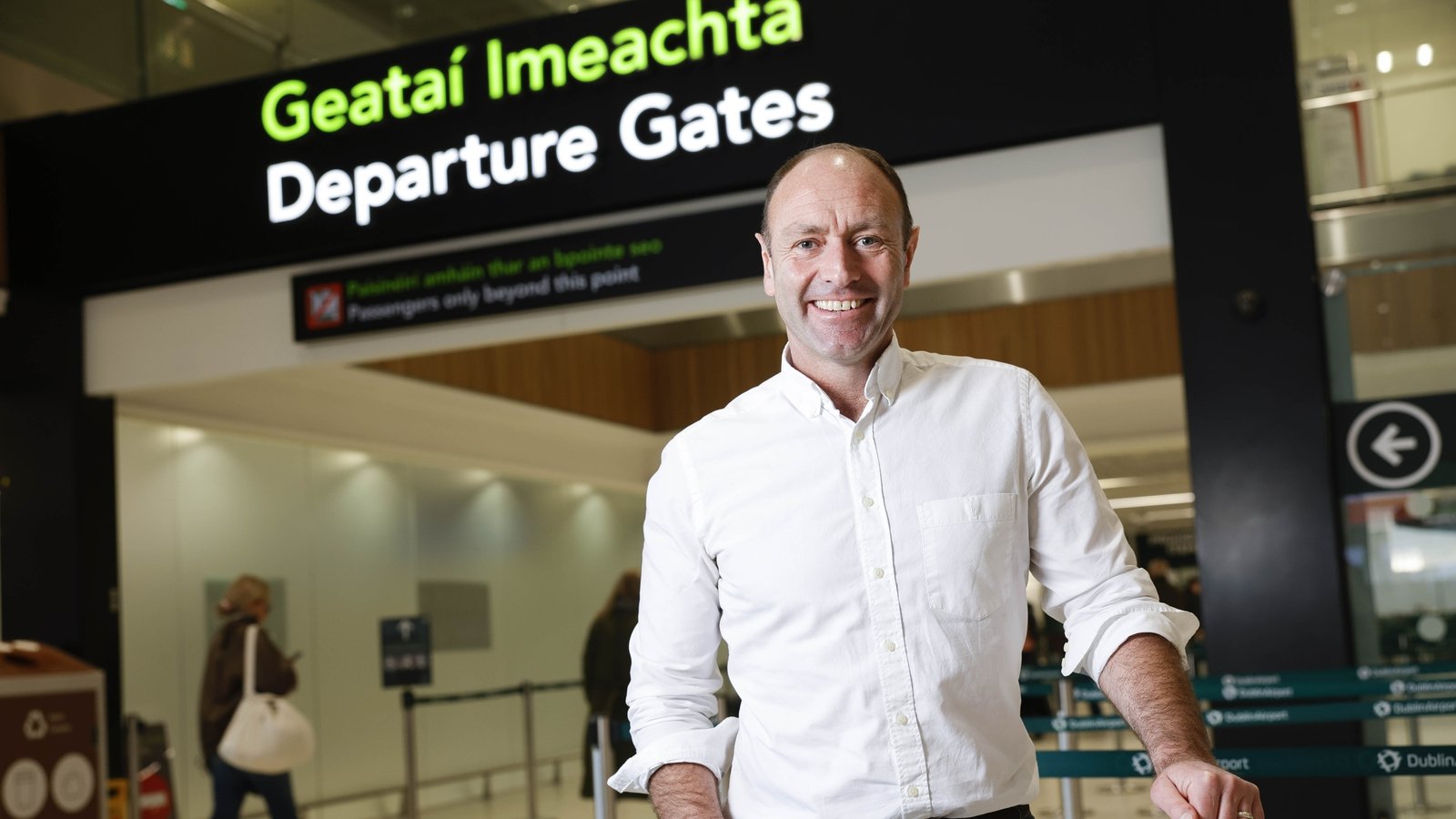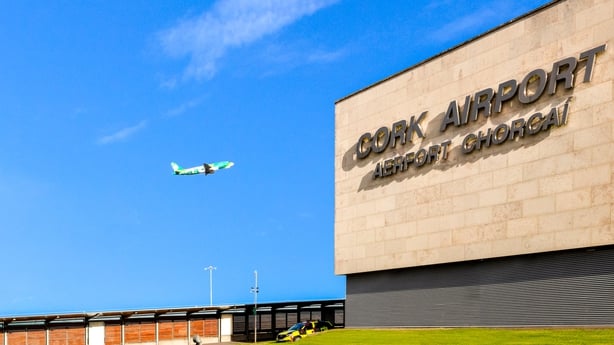Bussiness
Profits at Dublin & Cork Airport operator daa soar by 80%

Dublin and Cork Airport operator, daa, recorded a profit after tax of €176m last year, up 80% on a year earlier, the company said as it published its annual results for 2023.
Turnover across the 12 months rose 25% to reach €1.018 billion amid the ongoing post-Covid recovery in travel, the first time in its history that daa has breached the €1 billion annual revenue milestone.
The board of the organisation has recommended that a dividend of €31m be paid to its sole shareholder, which is the State – the first time one has been paid since 2019.
A further €153m was also paid in taxes to the State by the daa in 2023, it said.
However, the company also continues to carry €1.6 billion in debt, twice the pre-Covid level, as much of it was accrued during the pandemic.
“In addition to refinancing the existing facilities over the coming years, additional debt funding will be required to support the significant investment in sustainable infrastructure needed to provide passenger capacity at Ireland’s two busiest airports in Dublin and Cork,” daa’s chief financial officer Peter Dunne said.
Dublin Airport is also facing a raft of other challenges, in particular the cap which limits the number of passengers that can use the facilities to 32 million a year.
Last year, 33.52 million passengers either passed through the two terminals, or connected flights, or used other non-terminal facilities.
But daa claims the limit only applies to passengers passing through the terminals, of which there were 31.909 million.
Dublin Airport has lodged a planning application for new infrastructure, which seeks to have the passenger cap increased to 40 million a year.
In the meantime, while a decision is awaited, it has said that further growth at the facility has been severely restricted, with some essential connectivity lost as airlines prioritise hubs outside of Ireland.
“We are a small, open, island economy and stalled growth at our national airport sends a negative signal about investment in Ireland,” said Kenny Jacobs, daa’s chief executive.
“While we await the outcome of the planning process, daa is making every effort to restrict growth to stay within the cap and continues to work with the IAA as slots regulator and our airline customers with a view to managing capacity at Dublin Airport,” he stated.
The airport operator also claims that it is facing cost pressures and that charges it is allowed to impose on passengers are not high enough.
Yesterday, the Irish Aviation Authority upheld a series of complaint by Ryanair about the nature of those charges and told daa to review them before the winter season begins.
Kenny Jacobs said cost headwinds are a concern given that the regulated charges at Dublin Airport are less than half the average of EU capitals.
“Our aim is to place daa on a more sustainable and robust financial footing to support our planned €2 billion capital investment required to meet Ireland’s future connectivity requirements,” said daa chair Basil Geoghegan.
“Progress to date reflects revenue growth and strong improvements in efficiency and innovation, but achieving parity of returns with competing international airports remains challenging given our airport charges are now a fraction of the levels of other capital city airports in Europe,” he said.
Dublin Airport is also facing a shortage of car parking space this summer after the competition watchdog refused it permission to purchase the nearby disused former QuickPark car park, which has more than 6,000 spaces.
Daa has said it is in talks with the owner of the property to see if an agreement can be reached to reopen it for the summer period, while an alternative buyer is found.

The results also show that 2.8 million passengers passed through Cork Airport last year, the busiest year in its 62-year history, up 25% on a year earlier.
Daa subsidiary ARI, which it its global airport retail business, also achieved significant growth last year.










